E : school@wallacehigh.org
September 11, 2024
The History Trip of a Lifetime: Ypres 2024
Recent Posts
In the early hours of 22nd June, 30 pupils and 4 staff embarked on a four-day journey to Belgium and France to explore some of the key sites and events of World War One (WW1). Every pupil at Wallace learns about the causes and consequences of WW1, and what life was like in the trenches during 1914-1918. However, this trip would bring to light the true horrors of this conflict, the devastating human cost, and highlight why this tragic period of history must be remembered. The purpose of our trip was to gain a firsthand experience of this heavily documented period and provide our students with the opportunity to immerse themselves in their passion for History. It was also a great chance to make new friends and learn about different European cultures.
Table of Contents
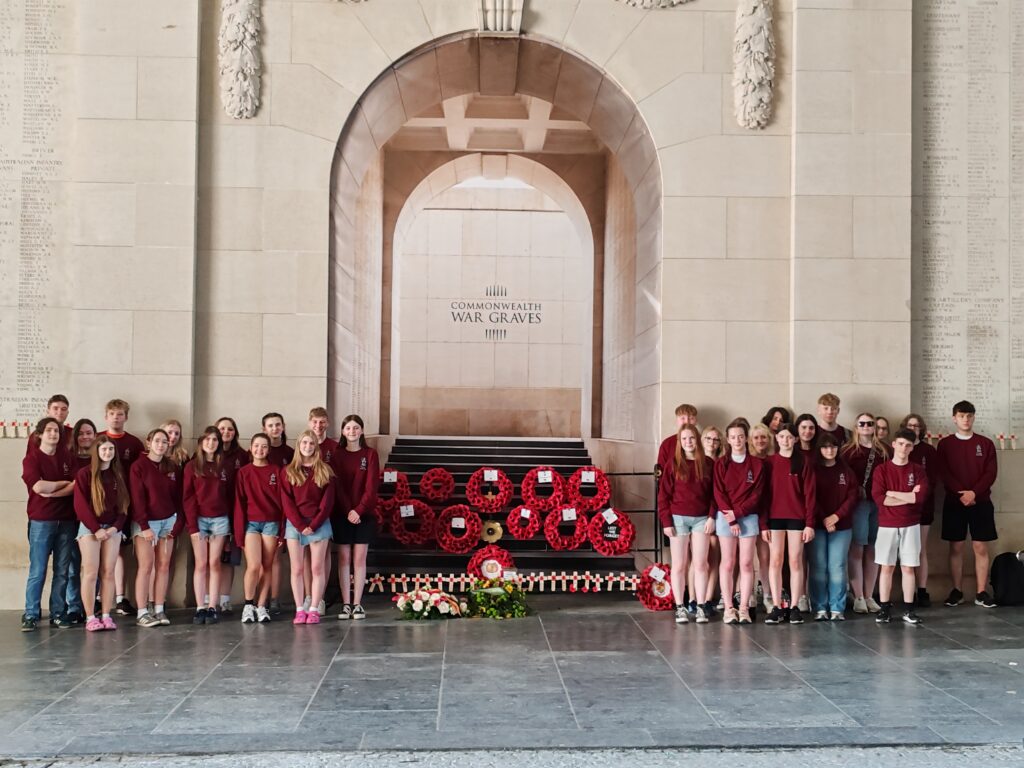
Day One
Our trip would be based around the city of Ypres. Ypres (pronounced “Wipers” by many Allied soldiers) played a pivotal and bloody part in WW1. It was the location of countless battles, including Passchendaele, and control over the surrounding area was bitterly contested by the Allies and Germans. Our trip would then take us into France to learn about the role played by local soldiers from the island of Ireland.
Upon touching down in Brussels, our first stop was Essex Farm Cemetery. Located just north of Ypres, this site was our first experience of the huge number of cemeteries that are dotted around the landscape. Despite being very tired, this was an eye-opening experience for pupils and staff alike. It was also where the famous poem by Canadian John McCrae, ‘In Flanders Fields’, was written.
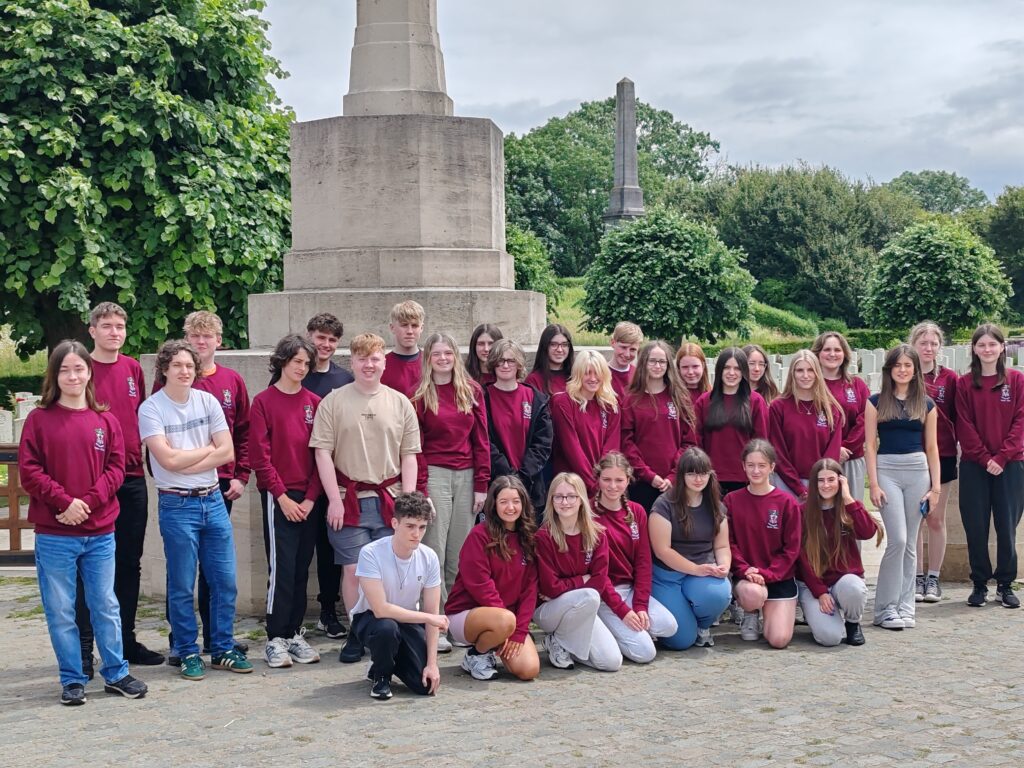
From Essex Farm, we travelled to our hotel and home for the next few days. Following a hearty dinner, an early night was much needed!
Day Two
Day two required an early start, and following our continental breakfast, we made the journey into France to explore a vast array of sites and tours of the iconic Somme area. Our first visit was to Vimy Ridge. This is a Canadian-run memorial, and it was the first time that we would witness the trench system and begin to comprehend the horrendous nature of trench warfare. It is also the location of an immense memorial to the fallen. Our guide brought to life the stories of the fallen and the day-to-day life of soldiers during WW1. It was amazing to see how much time, effort, and money is spent to ensure that this, and other sites, are kept in pristine condition.
We then collected our French guide at the Somme Museum and headed towards the Lochnagar Crater. This crater was made following the detonation of a huge mine that had been planted under the German trenches. These mines were all detonated on the morning of 1st July to signal the start of the Battle of the Somme. The next stop was Thiepval Tower. This huge memorial, which is beautifully maintained, lists the names of all the Allied soldiers who died at the Somme and have no known grave. During this visit, members of the group were able to locate the names of their own family relatives who died in the Somme area. A truly poignant moment.
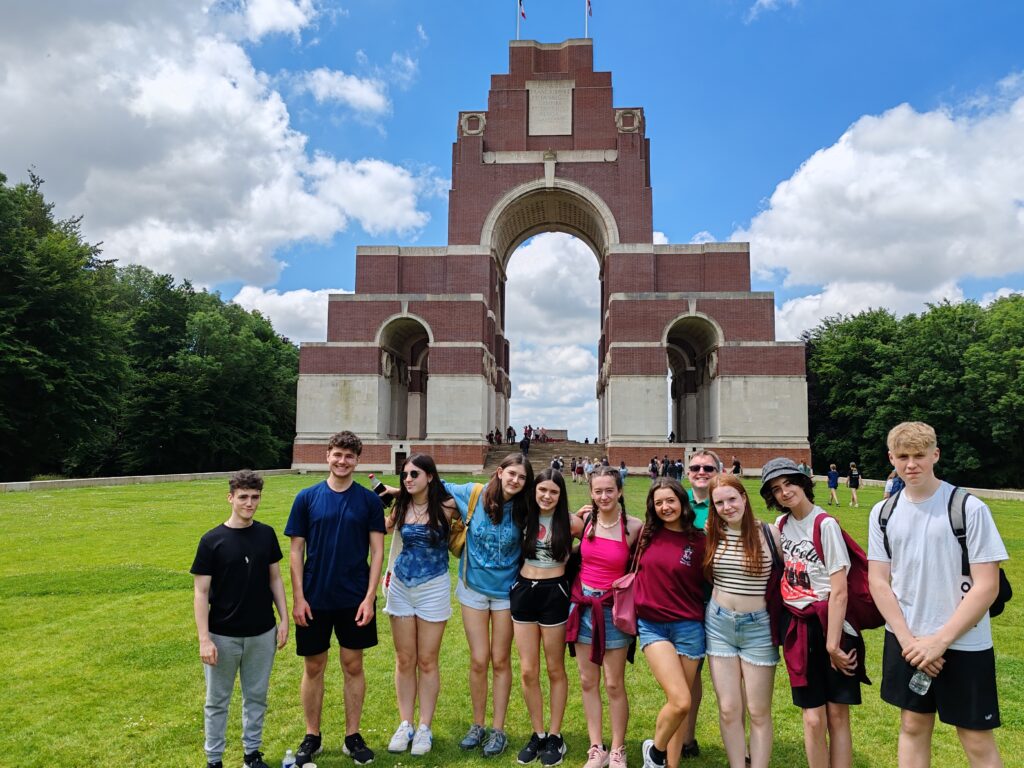
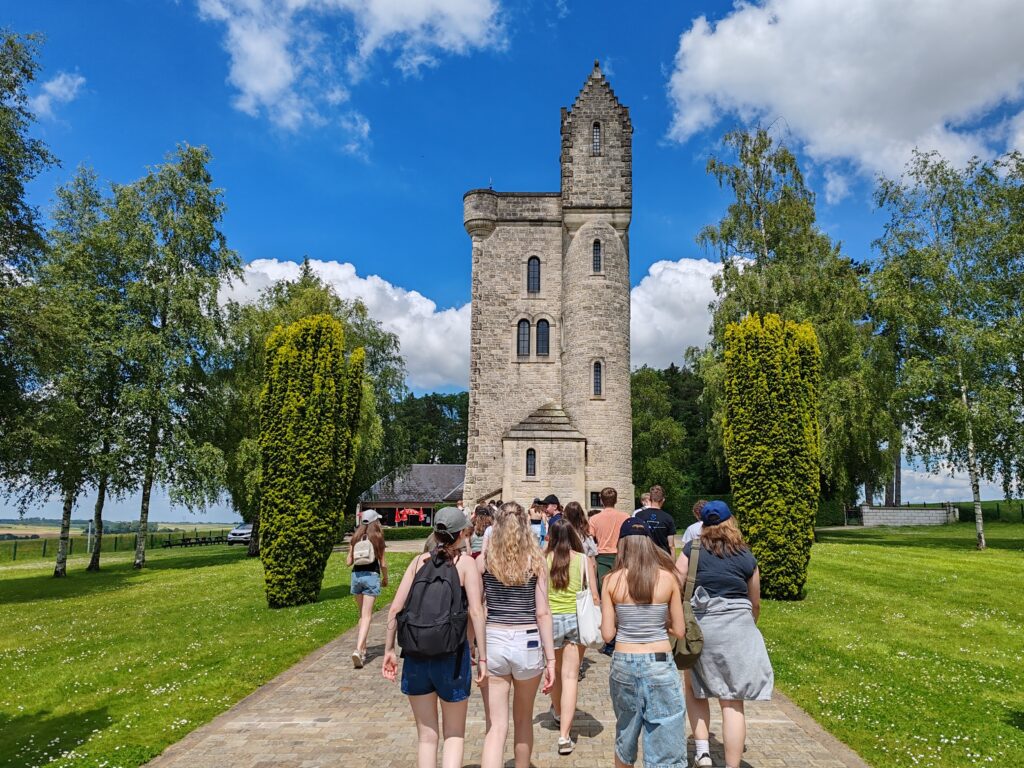
Following a visit to the Newfoundland trenches, we made our way to the Ulster Tower. Built in memory of those who fought in the 36th Ulster Division, we were given a comprehensive tour by our guide, Rocky. The tower sits above Thiepval Woods. Rocky led us down to see the woods and the trenches that have been painstakingly preserved by the Somme Association. You can find out more about the Somme Association via https://www.sommeassociation.com/
By now the group were beginning to truly appreciate the awful conditions that those who fought endured. With this in mind, we began our journey back to our hotel in Belgium, to reflect and contemplate on what we had experienced.
Day Three
Day three started with a visit to the Langemark Cemetery. This is a memorial and graveyard for the German soldiers who died during the early battles around Ypres. This cemetery had a very different atmosphere compared to those of the Allied soldiers. Even the gravestones were different. Instead of single graves, this site contained mass graves and was much more subdued compared to the bright white cemeteries for Allied soldiers. This encouraged pupils and staff to consider our shared history and how the past is remembered.
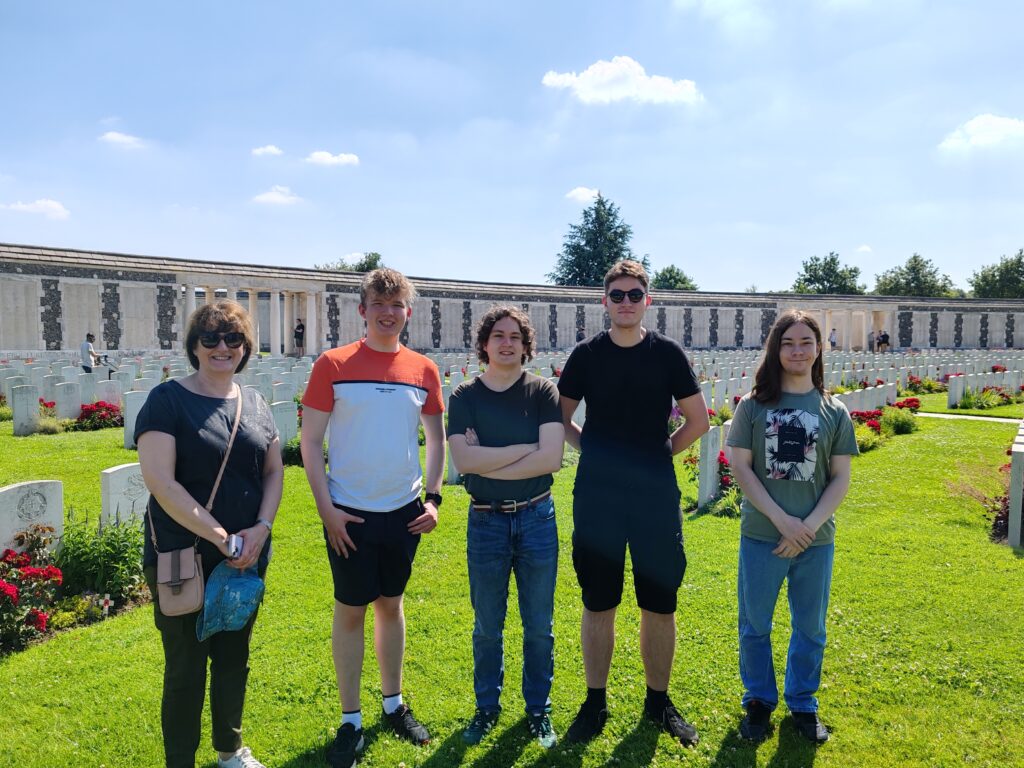
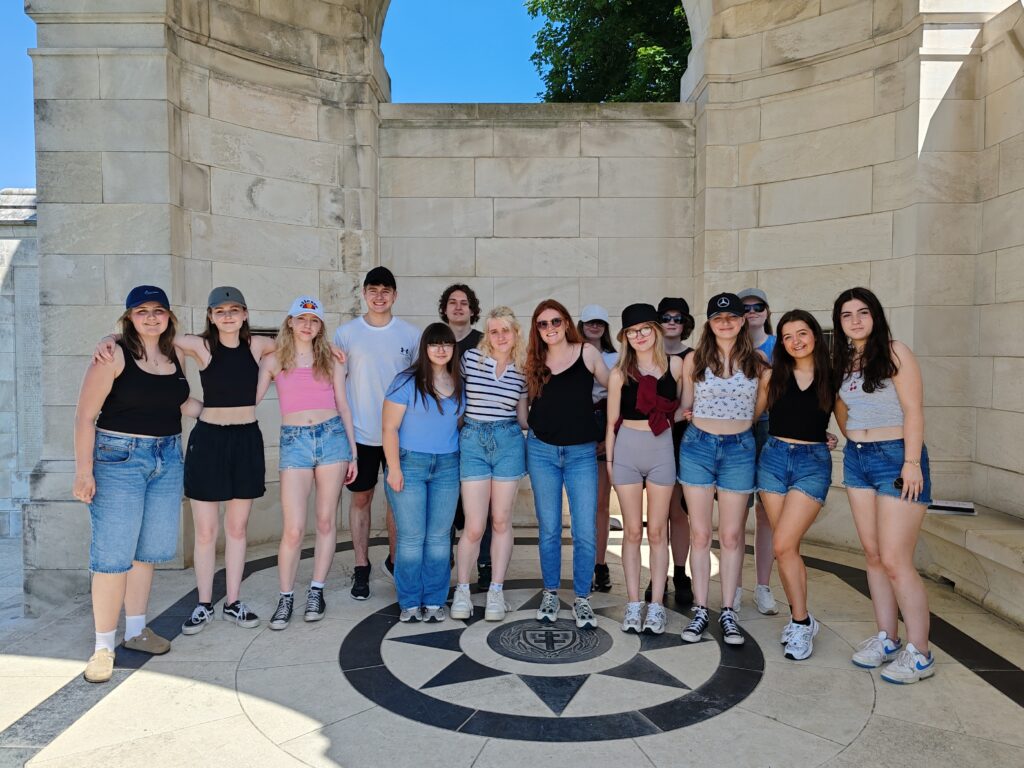
Our next stop was Tyne Cot Cemetery. Before readers consider this a very depressing tour, this visit was deliberate as it clearly exemplified the distinctive difference between the Allied and German memorials. This huge site (the largest Commonwealth war memorial), with pristine lawns and the scent of spring flowers in the air, belies the horrors and death that took place here. Bright white gravestones that dazzle in the sunlight contrast with the huge lists of fallen soldiers on the walls surrounding the site.
Our learning about the Battle of Passchendaele took us to the local museum. Although very unassuming from the outside, this museum was exceptional. With a huge collection of artefacts, the site also holds a large underground bunker complex (mocked up as a WW1 bunker) and an impressive outdoor trench system. It also contains an amazing interactive display and is well worth a visit. Our itinerary led us into the city of Ypres itself, to witness the impressive ‘In Flanders Fields’ Exhibition. This very modern and interactive exhibition explores the war from a range of perspectives and began to encourage pupils to consider the wider impact of the war, the role played by women, and the global nature of this conflict.
Day three would end with an iconic event. The playing of the Last Post at the Menin Gate by the Ypres fire brigade has been a daily tradition since the late 1920s. It was only stopped during the Nazi occupation of Belgium. Each night, hundreds gather to pay homage to those who died, and many lay wreaths in remembrance.
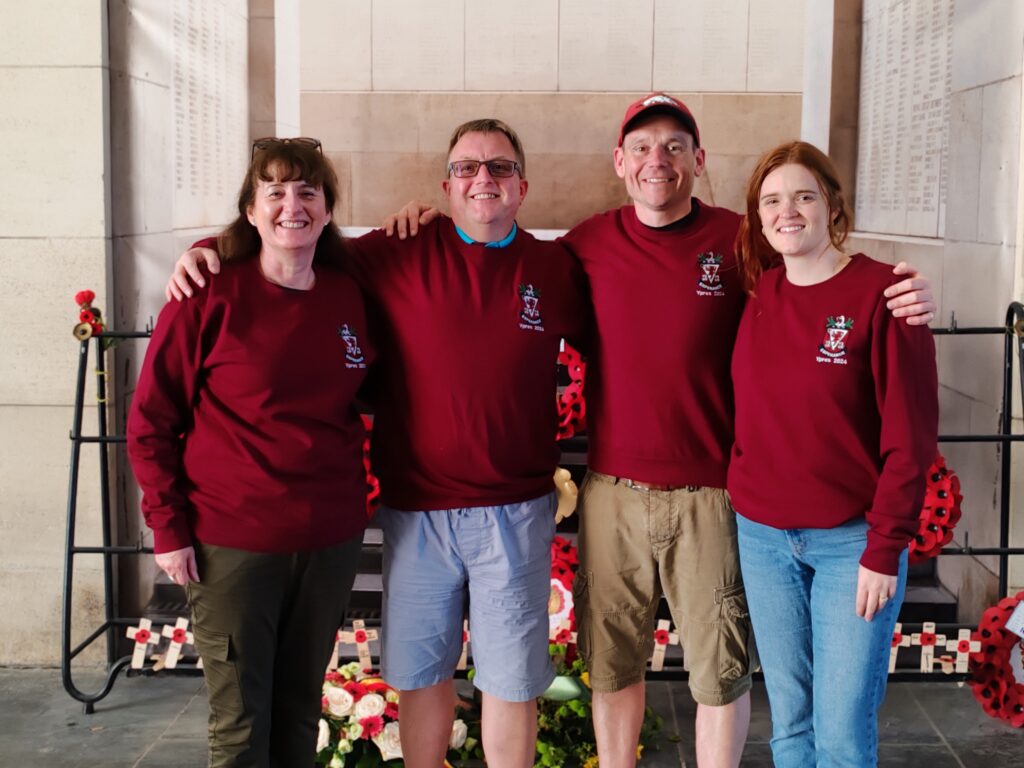
Day Four
Our last day began with a visit to Sanctuary Wood (Hill 62 Museum). A small memorial exists here to the men who fought and died trying to fight for, and later defend, this elevated vantage point over Ypres. This site hosts a massive collection of artefacts and weaponry from WW1, some of it excavated locally. However, what makes this site unique is the trench system. It remains untouched since the battles in this area ended. As you walk among the trees, you can begin to visualise how grim life was for soldiers during the war and the little protection they had from the adverse weather. The display cases, crammed with an assortment of barbaric and crude weapons, show the variety of ways men tried to kill each other.
Before boarding our flight home, we visited the beautiful city of Ghent. This medieval town boasts a range of historic buildings and it provided everyone with the opportunity to unwind and engage in some retail therapy.
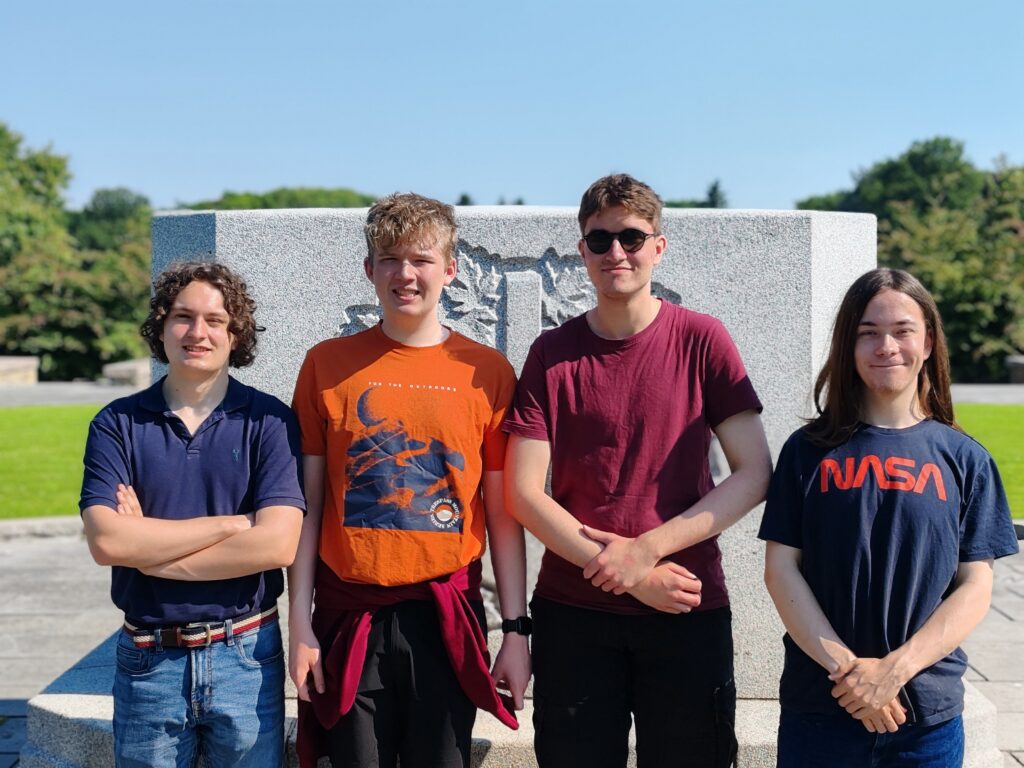
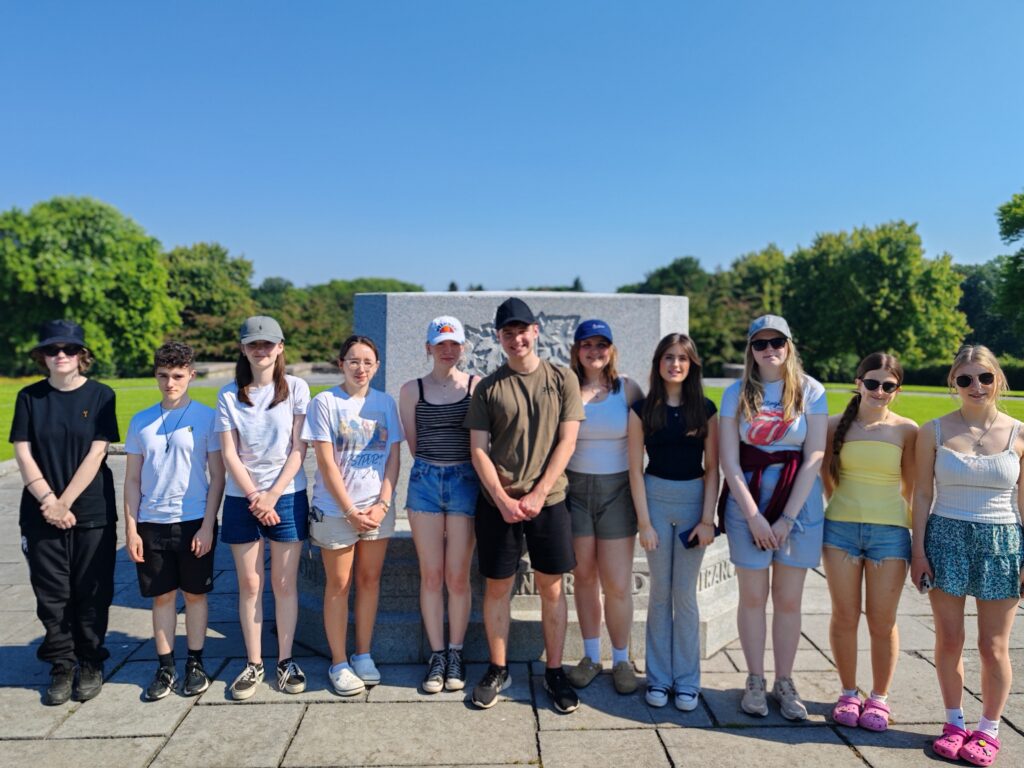
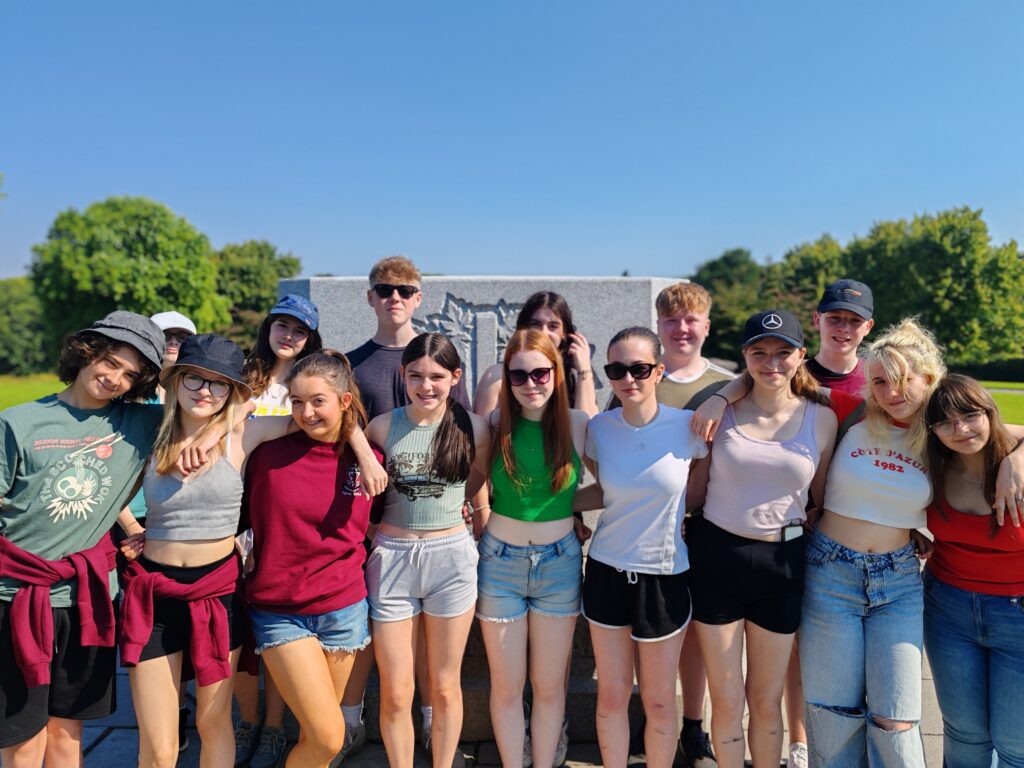
Reflecting on this amazing trip, Mr Armstrong stated: ‘This educational trip was truly exceptional. Our pupils were exemplary in their behaviour and camaraderie. It was both humbling and amazing to visit these historic sites, whilst reflecting on how the past is remembered. I wish to thank my colleagues, Ms Brown, Mrs Campbell and Mr Falconer, for giving up their own time to make this trip possible. Their hard work, diligence, and patience were greatly appreciated before and during our trip.’
Find out more about other educational visits via the link below:

Contact Info
Social Media
Copyright © 2025. All rights reserved.

